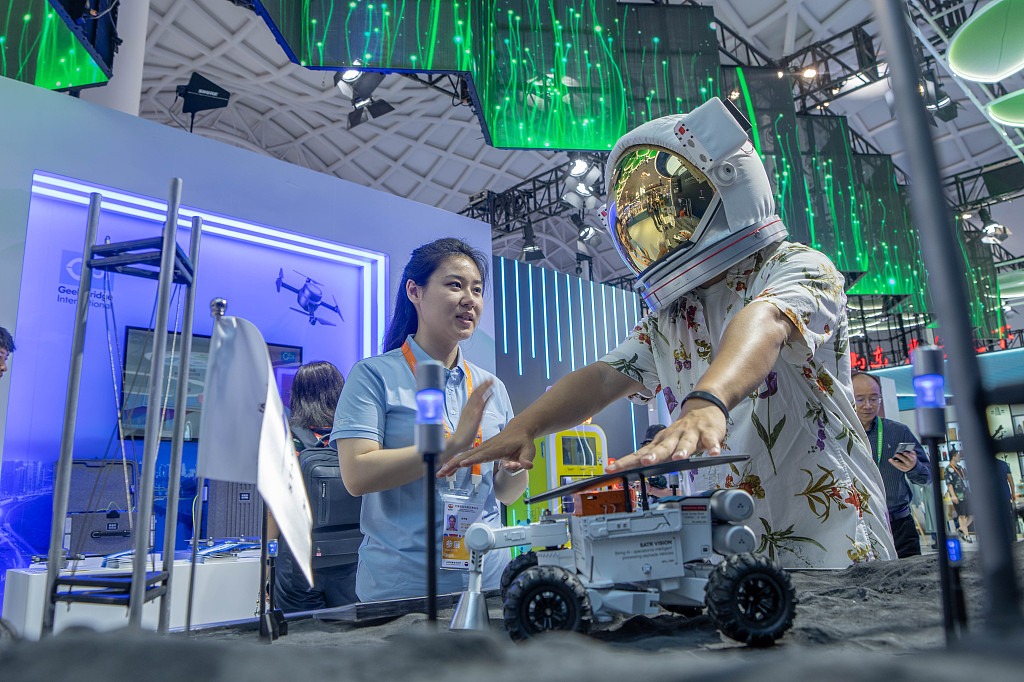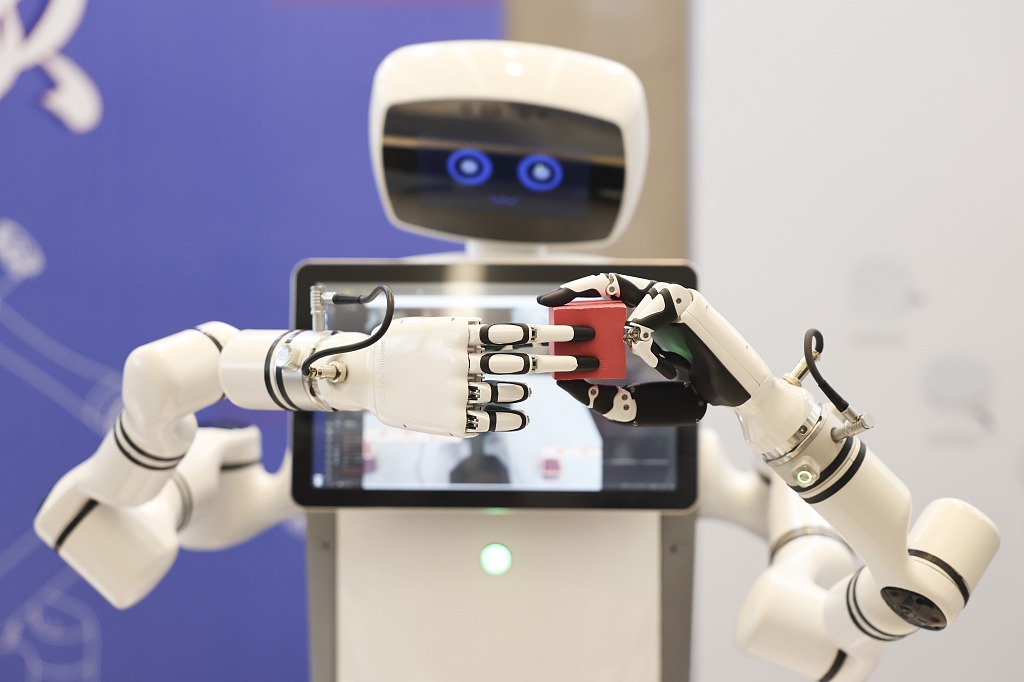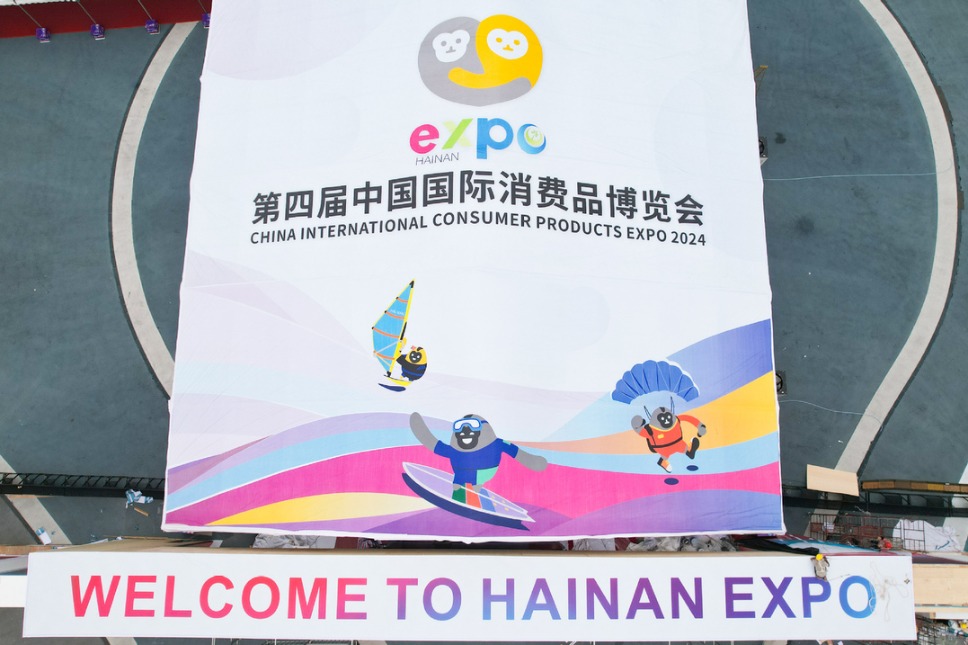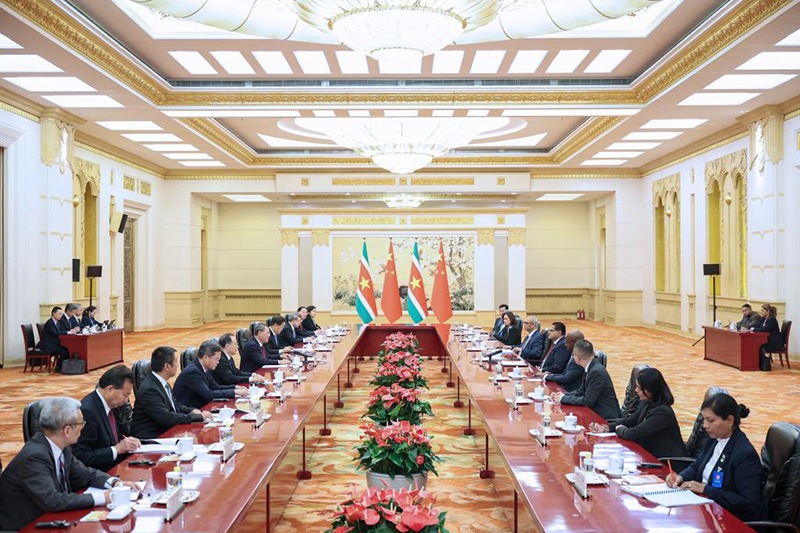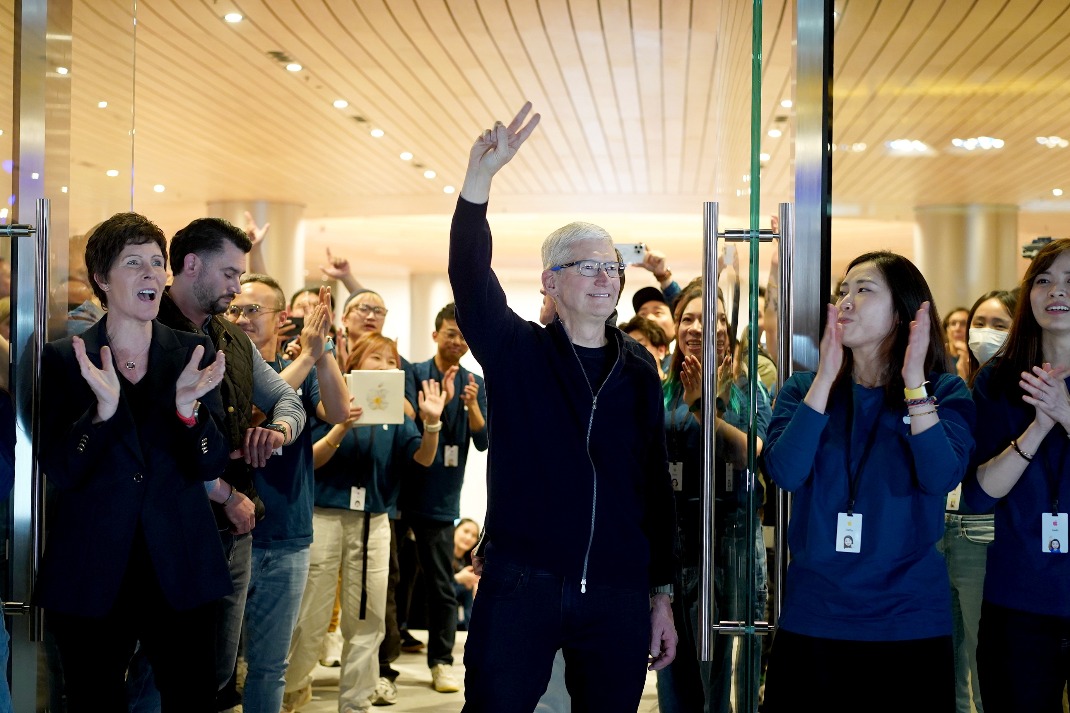Wuxi turns in good economic results

City restores historical status as business role model, with focus on industrial transformation and upgrades
Wuxi, a city that was grappling with economic stagnancy a few years ago, has reported good results for 2017, due to strenuous efforts made in economic transformation and industrial upgrading.
According to statistics provided by the Jiangsu provincial statistics bureau, Wuxi's GDP exceeded 1 trillion yuan ($159 billion) for the first time, arriving at 1.05 trillion yuan in 2017. The city's GDP growth rate was 7.4 percent last year, which was higher than the average 7.2 percent registered in Jiangsu province. It is the first time in five years that Wuxi's GDP growth has overtaken the provincial average.
In a way, the latest numbers represent a return to form for Wuxi, which was home to a number of domestic pioneering entrepreneurs in the 1920s and became a role model of township enterprises in the 1970s. But the city ran into huge difficulties in the past decade due to overexploitation of natural resources and a lack of resources.
Wuxi's GDP growth declined by 1 percentage points annually for six consecutive years from 2010 to 2015. During the same period, the added value contributed by industrial companies with an annual turnover of 20 million yuan or more was the lowest of any city in Jiangsu.
To restore the situation, the local government of Wuxi started its economic transformation and industrial upgrading with a number of policies and guidelines. It announced an economic development strategy in August 2015, focusing on automated, green, service-oriented and high-end industries.
Two months later, it released a guideline to advance the development of modern industries by investing at least 20 billion yuan during the 13th Five-Year Plan period (2016-20) to support the development of key industries and technology innovation.
On one hand, the local government has been advancing supply-side reform to optimize the city's economic structure and enhance efficiency. By the end of 2017, the city had cut 2.9 million metric tons of oversupplied steel. A total of 275 chemical companies had been shut down due to their outdated production.
On the other hand, strategic emerging industries in which Wuxi enjoys longtime advantages became the priority in the city's development plan. In March last year, the local government released a three-year action plan to develop a number of key industries in the internet of things sector from 2017 to 2019. Cloud computing and integrated circuits are the two other industries that will play key roles in Wuxi's future development.
At the same time, the city will also focus on the integration between information technology and the manufacturing industry to strive towards the country's Made in China 2025 strategic goals.
The results have been quite impressive. By the end of last year, the city was home to 526 provincial-level engineering technology centers, and 1,669 high-tech companies have registered in the city. More than 42 percent of the total output contributed by companies with 20 million yuan annual turnover came from high-tech companies.
A number of leading high value-added projects have also taken root in the city.
In August last year, Shanghai Huahong Integrated Circuit invested $10 billion in building a production base in Wuxi, the largest investment it has made in the city.
Zhonghuan Applied Materials, which was registered in March last year, will operate in its full capacity starting this July. Based on the price of monocrystalline silicon cells last year, which was 6 yuan each, the monthly output of Zhonghuan Applied Materials will exceed 1 billion yuan this year, making it the largest single workshop of its kind in the world.
Huang Qin, executive vice-mayor of Wuxi, said that the city has now built up an organic development structure.
"The 1 trillion yuan-plus GDP of Wuxi is of high quality and can stand any further analysis or closer checkup," he said, adding that the GDP growth of Wuxi will be even more eye-catching in three years.
Unlike neighboring cities, Wuxi is renowned for its local companies. According to the Wuxi Administration for Industry and Commerce, the total number of registered companies in Wuxi reached 224,400 by mid-2016, and the majority of them are local companies. Regarding the local government's call for economic transformation and industrial upgrading, local companies have caught up.
As the paragon of China's national industry, century-old brand Wuxi No 1 Cotton Mill Textile Group Co Ltd has weathered the ups and downs of the textile market and remains the vanguard of China's cotton and textile industry.
With an annual output valued at 2 billion yuan, No 1 Cotton currently owns a total of 600,000 spindles and 600 weaving machines, producing 30,000 tons of luxury yarn and 50 million meters of upscale fabrics each year.
According to Tang Qiyi, general manager of the company, No 1 Cotton will upgrade its production process in automation and intelligent manufacturing when it celebrates its 100th anniversary next year.
"To solve the shortage of labor in the textile sector, automation and intelligent manufacturing is our answer," Tang said.
According to Tang, 130 million yuan had been invested into one of their workshops last year to replace some manpower with automation. The new technology enabled the workshop's 20 workers to produce 2.5 times more fabrics than conventional workshops, not to mention other benefits such as lowered logistics costs and an improved working environment.
"A further 180 million yuan will be invested to another workshop this year, so our company will be transformed from labor-intensive into intelligent manufacturing," Tang said.
In addition, in line with the Belt and Road Initiative, No 1 Cotton has decided to invest $220 million in a 300,000-spindle textile project in Ethiopia, with the first phase's 100,000-spindle workshop to be completed in 2019, Tang added.
Similarly, Jiangsu Sunshine Group, the world's largest wool textile manufacturer, is also carrying out technological innovation in the group by establishing a big data platform to improve the whole production process, which ranges from product R&D to manufacturing and retail.
"Our goal is to realize intelligentization in the whole value chain, from a woolen textile to a piece of clothing ready for sale," said Chen Lifen, president and general manager of Sunshine Co Ltd, adding that Sunshine has the responsibility to set a benchmark in the textile industry on intelligent manufacturing.
In order to meet the constantly changing market demand, Sunshine spares no effort in investment in R&D.
"More than 50 patterns of fabric are launched on a daily basis, and Sunshine also introduces woolen products into home decoration. The woolen textured wallpapers are environmentally friendly, and more comfortable compared to traditional wallpapers," Chen said.
Having half of its sales generated from overseas sales, Sunshine has invested $1 billion in Ethiopia to expand its capacity, the local Wuxi Daily reported.

















